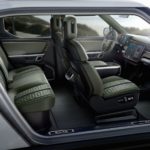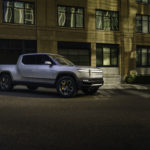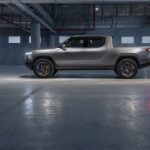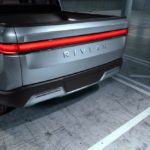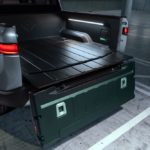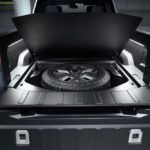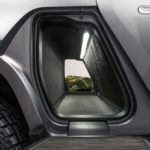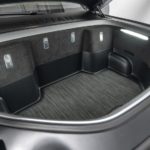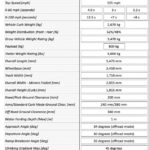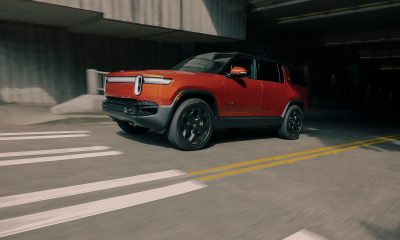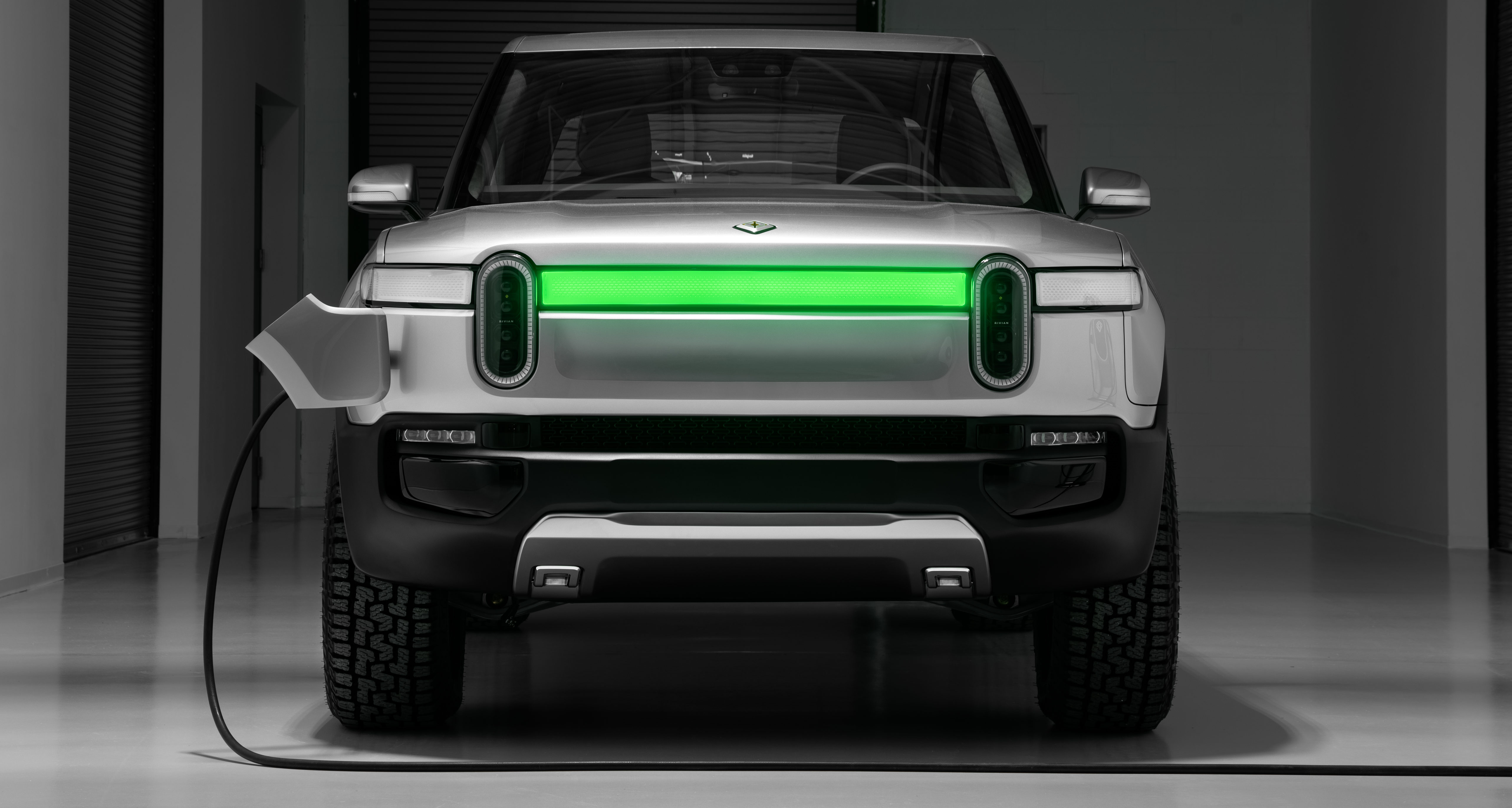

News
Rivian announces R1T pickup truck: $69k starting price, 400+ mile range, and 11k-lb towing capacity
US-based EV startup Rivian has come out of the shadows to announce the specs of its first vehicle — the R1T all-electric pickup truck. The R1T, which seats five passengers, is designed from the ground up to be as comfortable off the beaten path as it is on paved roads. Armed to the teeth with clever features and cutting-edge technology, Rivian’s first entry into the electric vehicle market has the potential to be a game-changer.
Rivian spent the better part of the past decade developing its first vehicles — the R1T pickup truck and the R1S SUV, which is set to be unveiled tomorrow at the LA Auto Show. Only the specs of the R1T have been unveiled so far, though in terms of performance, range, and features, the pickup truck is notably impressive. The R1T, for one, is equipped with four electric motors, each one having a power capacity of 147 kW, as well as 3,500 Nm of grounded torque per wheel.
Three battery pack variants will be offered for the vehicle — a 180 kWh battery that is expected to give 400+ miles of range per charge, a 135 kWh option that gives 300+ miles of range per charge, and a 105 kWh variant, which will give about 230+ miles of range per charge. Rivian plans to start manufacturing the R1T’s higher-end options first, followed by the entry-level version, which starts at $69,000 within 12 months from the start of production. Production for the R1T is expected to begin in 2020.
The Rivian R1T all-electric pickup truck. [Credit: Rivian]
Being a vehicle designed for the outdoors, the Rivian R1T has the capability to wade through up to 1 meter of water. The pickup, while comparable in size to trucks like the Ford Ranger and the Toyota Tacoma, also outguns its competition in terms of towing capacity. Thanks to its four electric motors, the R1T has a towing capacity of 11,000 pounds, a figure that is more comparable to America’s best-selling vehicle, the larger Ford F-150.
There’s also a lot of storage in the R1T, with a frunk that offers 11.7 cubic feet (330 liters) and a “gear tunnel” — a storage area that spans the width of the vehicle, — that provides an additional 12.4 cubic feet (350 liters) of space. Rivian notes that the gear tunnel would be perfect for storing items like skis, fishing rods, and golf bags. The all-electric pickup’s bed is also fitted with three 110-volt outlets with more than 400 watts available at each, as well as a compressed air source for filling in bike tires.
While the Rivian R1T is evidently designed to be a vehicle that is at home in rough terrain, the pickup truck still features some of the trademark features of premium electric vehicles. Just like Tesla’s electric cars, the R1T features impressive acceleration, with the entry-level truck hitting 60 mph in 4.9 seconds and the 180 kWh top-tier variant going from 0-60 in 3.2 seconds. Interestingly, the mid-level 135 kWh variant of the R1T is the quickest, with a 0-60 mph time of 3 seconds flat. All three versions of the vehicle have a top speed of 125 mph, similar to the Mid Range Model 3 RWD.
- (Photo: Rivian)
- The Rivian RT1’s spec sheet. [Credit: Rivian]
The Rivian R1T all-electric pickup truck. [Credit: Rivian]
The R1T’s futuristic approach to adventure could be seen in the design flourishes on its interior. The vehicle is equipped with a 15.6″ landscape-oriented center touchscreen, as well as a 12.3-inch display that takes the place of an instrument cluster. A 6.8-inch touchscreen is placed at the back of the center console, giving rear passengers infotainment and climate control access. The R1T’s steering wheel also features two thumb dials, just like the Model 3. Finally, the R1T is fitted with hardware that allows it to be fully self-driving in the future, thanks to a suite of cameras, lidar, radar, ultrasonic, and high-precision GPS technologies.
In a statement to The Verge, Rivian CEO and founder RJ Scaringe stated that the company is laser-focused on the adventure niche. The founder further explained that Rivian stayed largely in the shadows over the past years to ensure that its first vehicles are refined and competitive once they enter the market.
“They may have different form factors, they may be different sizes, but every single one of [our products] has to have this Patagonia-like feel of enabling adventure. We want to keep that very sharp. We want to focus only on the adventure space, so customers understand what we stand for.”
“We were quiet in stealth mode to avoid getting caught in this sort of hype cycle, and we said let’s make sure we have all the pieces lined up — the vehicle, the technology, the team, the supply chain, the manufacturing plant — before we actually talk about it. Because of that, some people have been questioning [us]. People need to see that this is very, very real,” Scaringe said.
Interested buyers could place a refundable deposit of $1,000 for the Rivian R1T here.
Elon Musk
Tesla investors will be shocked by Jim Cramer’s latest assessment
Jim Cramer is now speaking positively about Tesla, especially in terms of its Robotaxi performance and its perception as a company.

Tesla investors will be shocked by analyst Jim Cramer’s latest assessment of the company.
When it comes to Tesla analysts, many of them are consistent. The bulls usually stay the bulls, and the bears usually stay the bears. The notable analysts on each side are Dan Ives and Adam Jonas for the bulls, and Gordon Johnson for the bears.
Jim Cramer is one analyst who does not necessarily fit this mold. Cramer, who hosts CNBC’s Mad Money, has switched his opinion on Tesla stock (NASDAQ: TSLA) many times.
He has been bullish, like he was when he said the stock was a “sleeping giant” two years ago, and he has been bearish, like he was when he said there was “nothing magnificent” about the company just a few months ago.
Now, he is back to being a bull.
Cramer’s comments were related to two key points: how NVIDIA CEO Jensen Huang describes Tesla after working closely with the Company through their transactions, and how it is not a car company, as well as the recent launch of the Robotaxi fleet.
Jensen Huang’s Tesla Narrative
Cramer says that the narrative on quarterly and annual deliveries is overblown, and those who continue to worry about Tesla’s performance on that metric are misled.
“It’s not a car company,” he said.
He went on to say that people like Huang speak highly of Tesla, and that should be enough to deter any true skepticism:
“I believe what Musk says cause Musk is working with Jensen and Jensen’s telling me what’s happening on the other side is pretty amazing.”
Tesla self-driving development gets huge compliment from NVIDIA CEO
Robotaxi Launch
Many media outlets are being extremely negative regarding the early rollout of Tesla’s Robotaxi platform in Austin, Texas.
There have been a handful of small issues, but nothing significant. Cramer says that humans make mistakes in vehicles too, yet, when Tesla’s test phase of the Robotaxi does it, it’s front page news and needs to be magnified.
He said:
“Look, I mean, drivers make mistakes all the time. Why should we hold Tesla to a standard where there can be no mistakes?”
It’s refreshing to hear Cramer speak logically about the Robotaxi fleet, as Tesla has taken every measure to ensure there are no mishaps. There are safety monitors in the passenger seat, and the area of travel is limited, confined to a small number of people.
Tesla is still improving and hopes to remove teleoperators and safety monitors slowly, as CEO Elon Musk said more freedom could be granted within one or two months.
News
Tesla launches ultra-fast V4 Superchargers in China for the first time
Tesla has V4 Superchargers rolling out in China for the first time.
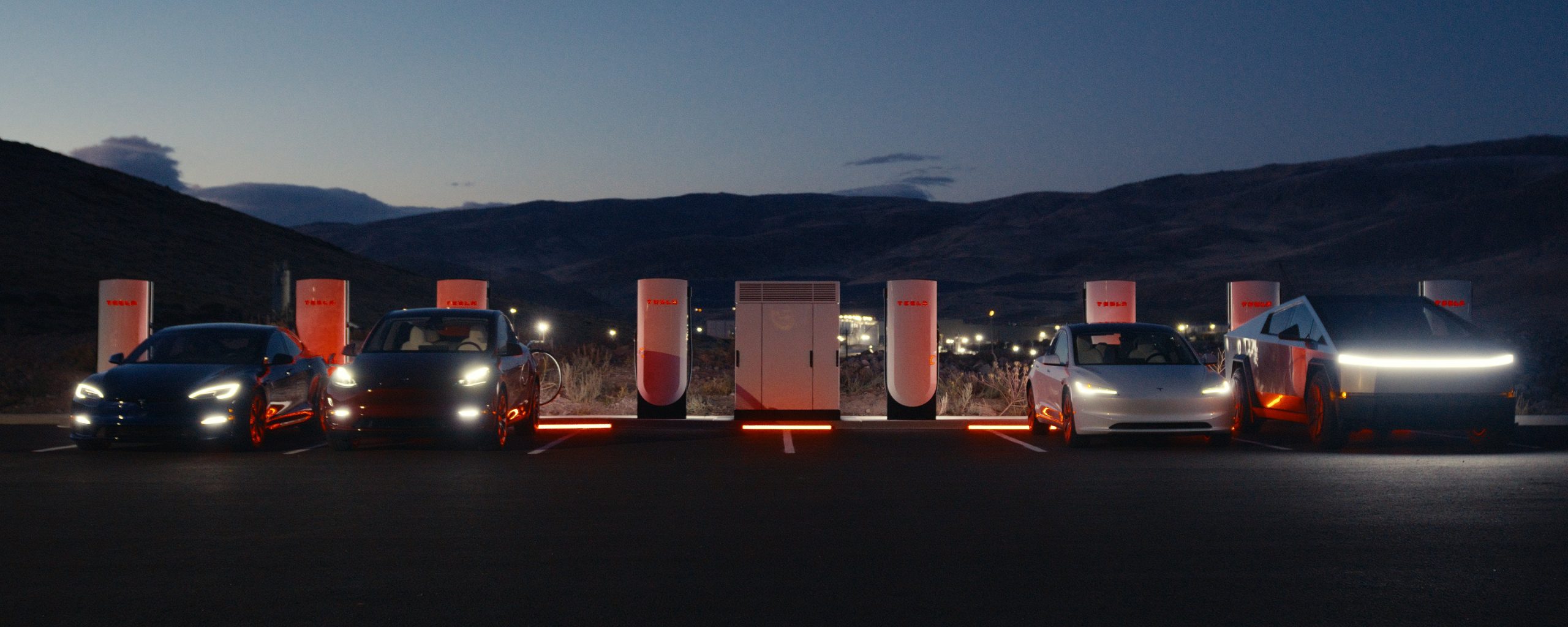
Tesla already has nearly 12,000 Supercharger piles across mainland China. However, the company just initiated the rollout of the ultra-fast V4 Superchargers in China for the first time, bringing its quick-charging piles to the country for the first time since their launch last year.
The first batch of V4 Superchargers is now officially up and running in China, the company announced in a post on Chinese social media outlet Weibo today.
The company said in the post:
“The first batch of Tesla V4 Superchargers are online. Covering more service areas, high-speed charging is more convenient, and six-layer powerful protection such as rain and waterproof makes charging very safe. Simultaneously open to non-Tesla vehicles, and other brands of vehicles can also be charged. There are more than 70,000 Tesla Superchargers worldwide. The charging network layout covers 100% of the provincial capitals and municipalities in mainland China. More V4 Superchargers will be put into use across the country. Optimize the charging experience and improve energy replenishment efficiency. Tesla will accompany you to the mountains, rivers, lakes, and seas with pure electricity!”
The first V4 Superchargers Tesla installed in China are available in four cities across the country: Shanghai, Zhejiang, Gansu, and Chongqing.
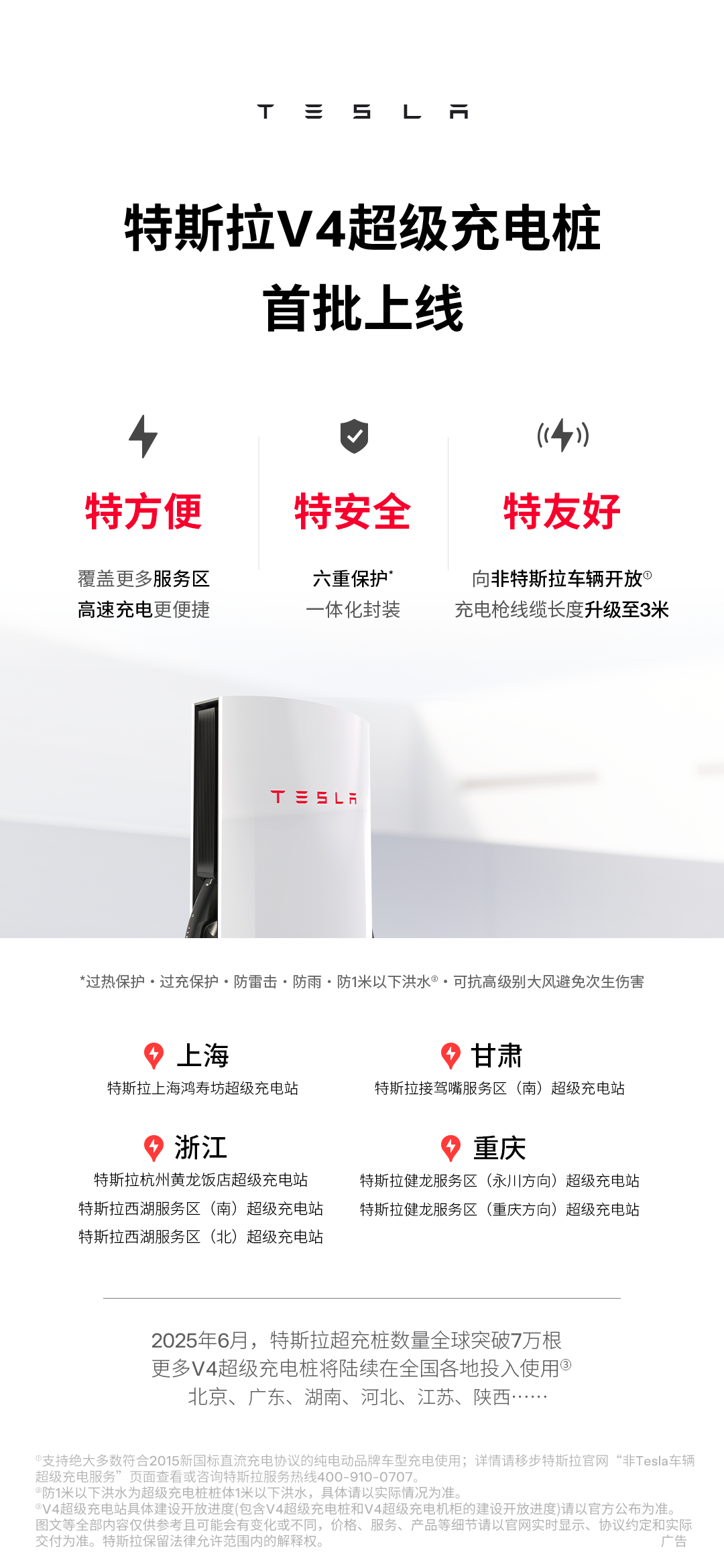
Credit: Tesla China
Tesla has over 70,000 Superchargers worldwide. It is the most expansive and robust EV charging network in the world. It’s the main reason why so many companies have chosen to adopt Tesla’s charging connector in North America and Europe.
In China, some EVs can use Tesla Superchargers as well.
The V4 Supercharger is capable of charging vehicles at speeds of up to 325kW for vehicles in North America. This equates to over 1,000 miles per hour of charging.
Elon Musk
Elon Musk hints at when Tesla could reduce Safety Monitors from Robotaxi
Tesla could be reducing Safety Monitors from Robotaxi within ‘a month or two,’ CEO Elon Musk says.

Elon Musk hinted at when Tesla could begin reducing Safety Monitors from its Robotaxis. Safety Monitors are Tesla employees who sit in the front passenger seat during the driverless rides, and are there to ensure safety for occupants during the earliest rides.
Tesla launched its Robotaxi fleet in Austin last Sunday, and after eight days, videos and reviews from those who have ridden in the driverless vehicles have shown that the suite is safe, accurate, and well coordinated. However, there have been a few hiccups, but nothing that has put anyone’s safety in danger.
A vast majority — close to all of the rides — at least according to those who have ridden in the Robotaxi, have been performed without any real need for human intervention. We reported on what was the first intervention last week, as a Safety Monitor had to step in and stop the vehicle in a strange interaction with a UPS truck.
Watch the first true Tesla Robotaxi intervention by safety monitor
The Tesla and UPS delivery truck were going for the same street parking space, and the Tesla began to turn into it. The UPS driver parallel parked into the spot, which was much smaller than his truck. It seemed to be more of an instance of human error instead of the Robotaxi making the wrong move. This is something that the driverless cars will have to deal with because humans are aggressive and sometimes make moves they should not.
The Safety Monitors have not been too active in the vehicles. After all, we’ve only seen that single instance of an intervention. There was also an issue with the sun, when the Tesla braked abnormally due to the glare, but this was an instance where the car handled the scenario and proceeded normally.
With the Robotaxi fleet operating impressively, some are wondering when Tesla will begin scaling back both the Safety Monitors and Teleoperators that it is using to ensure safety with these early rides.
CEO Elon Musk answered the inquiry by stating, “As soon as we feel it is safe to do so. Probably within a month or two.”
As soon as we feel it is safe to do so.
Probably within a month or two. We continue to improve the Tesla AI with each mile driven.
— Elon Musk (@elonmusk) June 30, 2025
Musk’s response seems to confirm that there will be fewer Teleoperators and Safety Monitors in the coming months, but there will still be some within the fleet to ensure safety. Eventually, that number will get to zero.
Reaching a point where Tesla’s Robotaxi is driverless will be another significant milestone for the company and its path to fully autonomous ride-sharing.
Eventually, Tesla will roll out these capabilities to consumer-owned vehicles, offering them a path to generate revenue as their car operates autonomously and completes rides.
For now, Tesla is focusing on perfecting the area of Austin where it is currently offering driverless rides for just $4.20 to a small group of people.
-

 News5 days ago
News5 days agoTesla Robotaxi’s biggest challenge seems to be this one thing
-
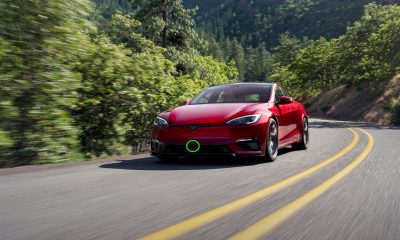
 News2 weeks ago
News2 weeks agoTesla confirms massive hardware change for autonomy improvement
-

 Elon Musk2 weeks ago
Elon Musk2 weeks agoElon Musk slams Bloomberg’s shocking xAI cash burn claims
-

 News2 weeks ago
News2 weeks agoTesla China roars back with highest vehicle registrations this Q2 so far
-
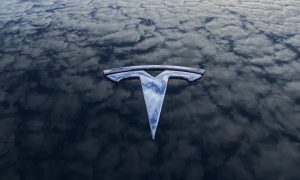
 News2 weeks ago
News2 weeks agoTesla features used to flunk 16-year-old’s driver license test
-

 News2 weeks ago
News2 weeks agoTesla dominates Cars.com’s Made in America Index with clean sweep
-

 News2 weeks ago
News2 weeks agoTexas lawmakers urge Tesla to delay Austin robotaxi launch to September
-

 News2 weeks ago
News2 weeks agoTesla’s Grok integration will be more realistic with this cool feature


